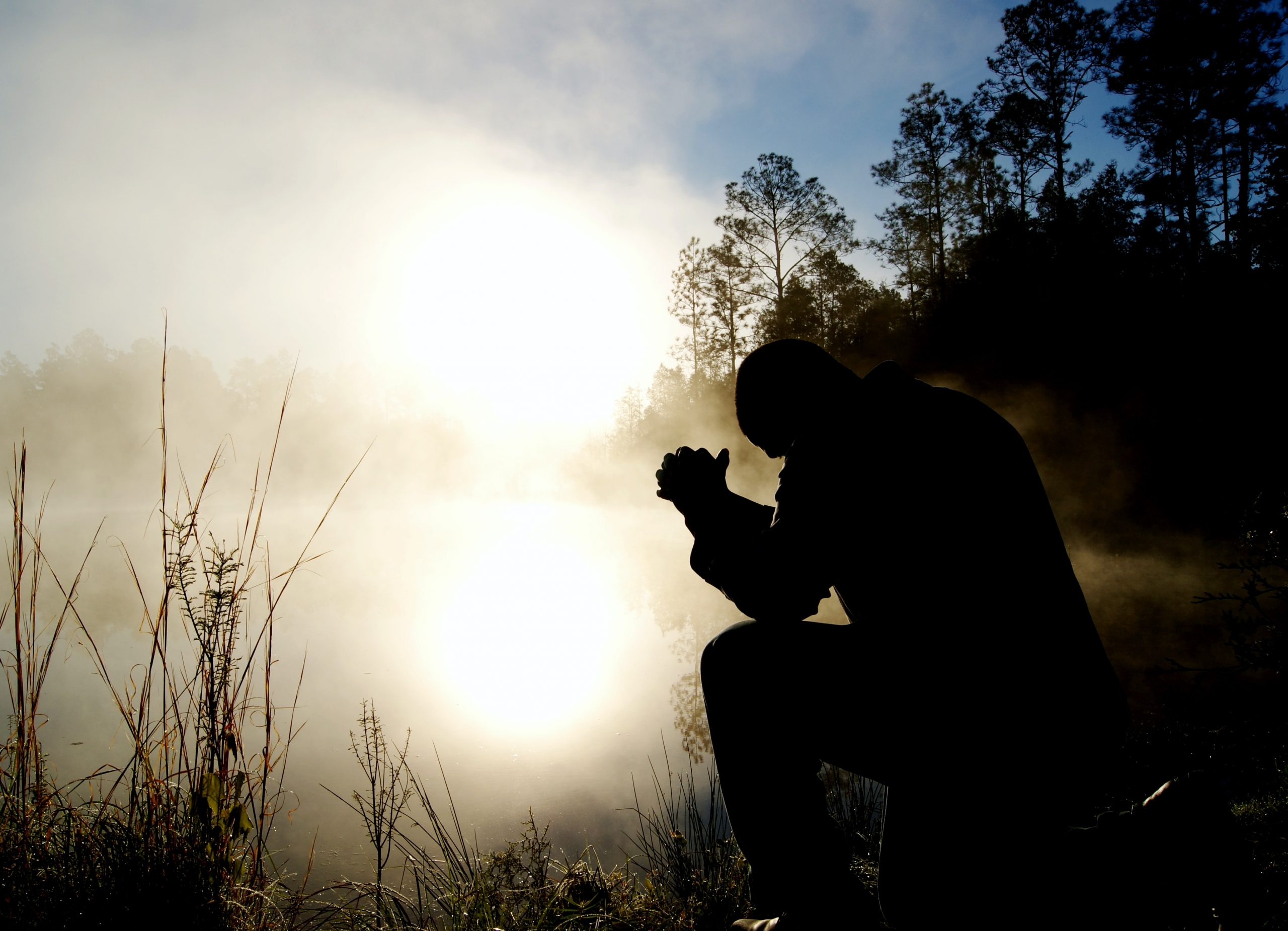“Did you know you have permission to be wrong?” my friend asked me gently. I was in the middle of a discernment process, and heaven seemed silent while anxiety tightened its viselike grip around my stomach, propelling me into a constant and gut-wrenching cycle of second-guessing.
I grew up cultivating a very black-and-white faith. This ideology a) guaranteed a happy future if only I followed the rules perfectly, and b) paralyzed me with fear. If doing things right assured my safety, I was certain that being wrong meant risking a hard life. As a result, I learned to move toward things that were certain, absolute. I thought that God must deal in absolutes, too, so surely ticking the boxes and being a perfect believer would get me where I needed to go! (Jesus did say to be perfect, after all [Matthew 5:48, eisegesis mine].)
By trying to be right and certain and faithful, however, I’ve been proven so wrong. For one thing, it turns out God is not a vending machine for desired futures. Rather, disappointing situations have taught me to open my hands and embrace the gray areas as a form of consolation that God wants to offer me. For instance, I’ve learned that:
- Being right is not the same as being obedient.
- Being wrong is not always the same as being unfaithful.
- Hard and uncertain situations can be worth walking into on purpose.
- God values the humble honesty of my journey toward Him more than my performance.
- My faithfulness isn’t contingent on having the only right approach to solving a certain problem.
The better I come to know God, the less He looks like what I expected. God is unchanging, and He is undeniably Godself (Hebrews 13:8, Isaiah 40:8, Numbers 23:19). He defies the human spectrum of understanding (Isaiah 55:8-9). We see how Jesus consistently turned the religious understandings of His day upside down as He revealed the creative, unexpected ways of the Kingdom. The Pharisees struggled, holding tight to black-and-white beliefs, because Jesus didn’t fit inside their neat parameters. If I allow my understanding of God to become static in the same way, I too run the risk of creating God in my own image and fitting Him into a box of my own liking. Our God, the absolute epitome of all that is perfect, love, life, and light, seems to show Himself to His people in shades of gray. As Mr. Beaver said of Aslan in “The Lion, the Witch, and the Wardrobe”: “’Course he isn’t safe. But he’s good.”
Amid our current cultural melee, we must all hold fast to Scripture. But in humility, we might also benefit from examining our long-held convictions (and even scriptural interpretations) to determine whether God is still using them to transform our lives, or if they have become lifeless graven images that only substitute themselves for His living and active Spirit. Looking back, I realize that I formed my black-and-white lenses of right and wrong as a child who hadn’t yet experienced God’s grace or the goodness of diversity in Kingdom life. Now, I must allow God to redefine my lenses so that I can continue to grow as an adult. None of us does this perfectly, and in faithfulness and discernment, we may even come to different conclusions.
As 1 Corinthians 13:9-10, 12 says, “For we know in part and we prophesy in part, but when perfection comes, the imperfect disappears… For now we see only a reflection as in a mirror; then we shall see face to face.” God is still at work.
When we desire God’s will and seek alignment with Scripture, we will find ourselves on a path of humble faithfulness and love that leads our community to unity — unity that’s not dependent on complete agreement — as we grow toward transformation in Christ. It doesn’t have to be perfect. We have permission to be wrong — to seek God in the gray both-ands as He works out His perfection in us.
Check this previous edition of “Upfront” on Position and Posture.
“My idea of God is not a divine idea. It has to be shattered from time to time. He shatters it Himself. He is the great iconoclast. Could we not almost say that this shattering is one of the marks of His presence?”
― C.S. Lewis, “A Grief Observed”







